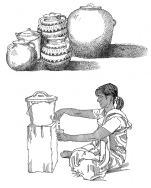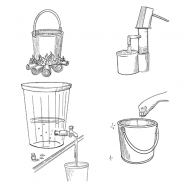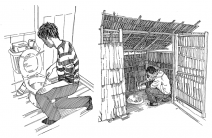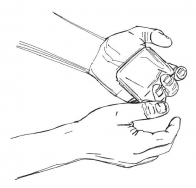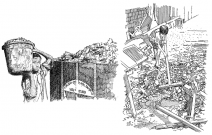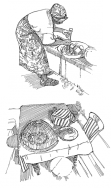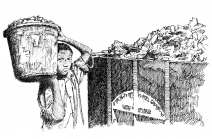29. Hygiene promotion
Overview
Hygiene promotion is a term used to cover a range of strategies aimed to improve people’s hygiene behaviour and prevent the spread of disease. Hygiene promotion enables people to take action to prevent water, sanitation and hygiene-related diseases by mobilizing and engaging the population, their knowledge, and resources.
The focus of hygiene promotion is determined based on the health risks. By creating a series of barriers to infection, hygiene behaviour has a critical influence on the transmission of water- and sanitation-related diseases as shown in the ‘f’ diagram[1] below:
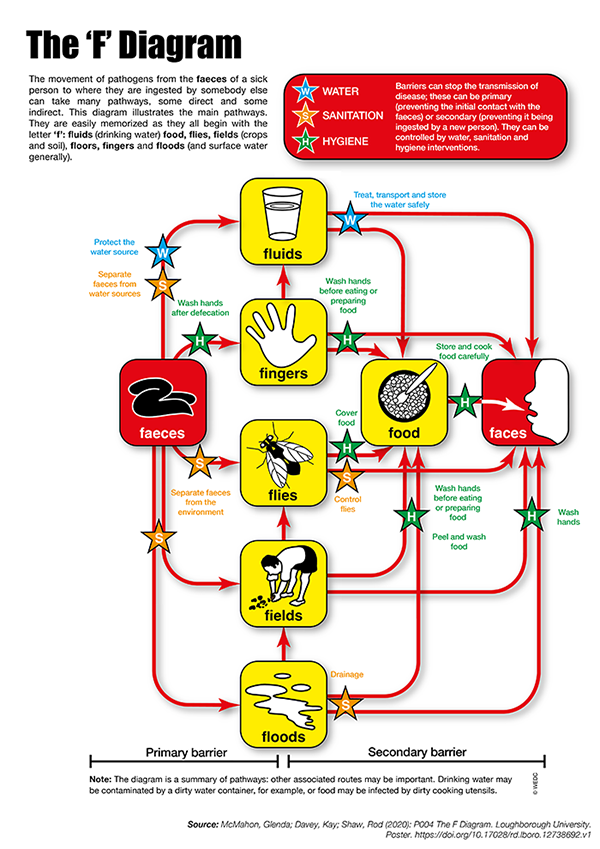
What do to and how to do it
Understand the community
- Familiarize yourself with the ways in which people collect water, store food and water, dispose of rubbish, wash themselves and use latrines.
- Identify key places where hygiene is important not only on an individual, but also on a communal level, such as markets, schools, restaurants or churches. Find out if you can work with them to promote good hygiene practices.
- You might hold a hygiene session for students or teachers or help the market sellers to build a handwashing station and outside latrine for users.
- Identify key places where hygiene is important not only on an individual, but also on a communal level, such as markets, schools, restaurants or churches. Find out if you can work with them to promote good hygiene practices.
- Have a conversation with members of your community about hygiene.
- Include women, community leaders, caregivers and decision-makers.
- Make sure they understand that good hygiene is important and can stop the spread of disease.
- Include women, community leaders, caregivers and decision-makers.
- Be a role model for others in your community. Use a clean latrine, dispose of your rubbish, wash your hands often.
Promote community hygiene messages
Normally the key issues to address include the following. Click on the corresponding action cards to obtain the information you need:
- Food hygiene
- Clean and safe household water
- Personal and hand hygiene
- Environmental sanitation
- The control of flies, mosquitoes and other disease vectors
[1] Shaw, R. 2013. The ‘f’ diagram - Landscape. WEDC Graphics: Disease. Water, Engineering and Development Centre (WEDC): Loughborough University, UK.
